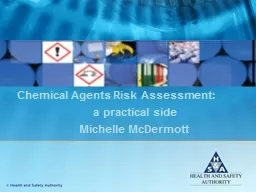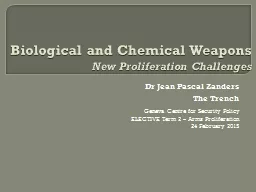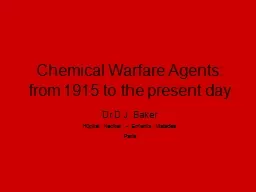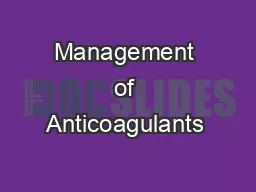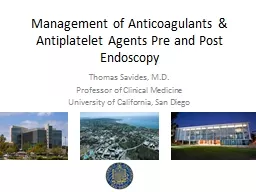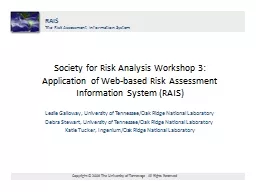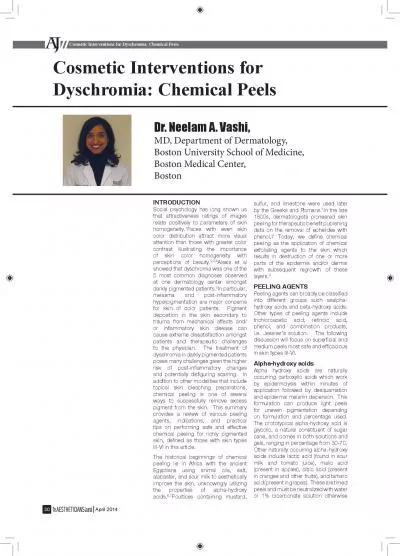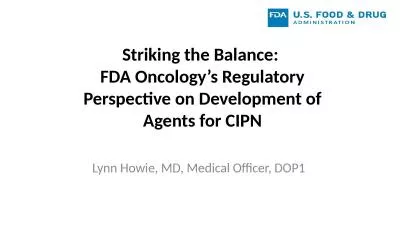PPT-Chemical Agents Risk Assessment:
Author : faustina-dinatale | Published Date : 2018-01-08
a practical side Michelle McDermott Chemical Agent Risk Assessment CHEMICALS Identification READ the label BUT Not all chemicals have labels Are sensitive risk
Presentation Embed Code
Download Presentation
Download Presentation The PPT/PDF document "Chemical Agents Risk Assessment:" is the property of its rightful owner. Permission is granted to download and print the materials on this website for personal, non-commercial use only, and to display it on your personal computer provided you do not modify the materials and that you retain all copyright notices contained in the materials. By downloading content from our website, you accept the terms of this agreement.
Chemical Agents Risk Assessment:: Transcript
Download Rules Of Document
"Chemical Agents Risk Assessment:"The content belongs to its owner. You may download and print it for personal use, without modification, and keep all copyright notices. By downloading, you agree to these terms.
Related Documents

